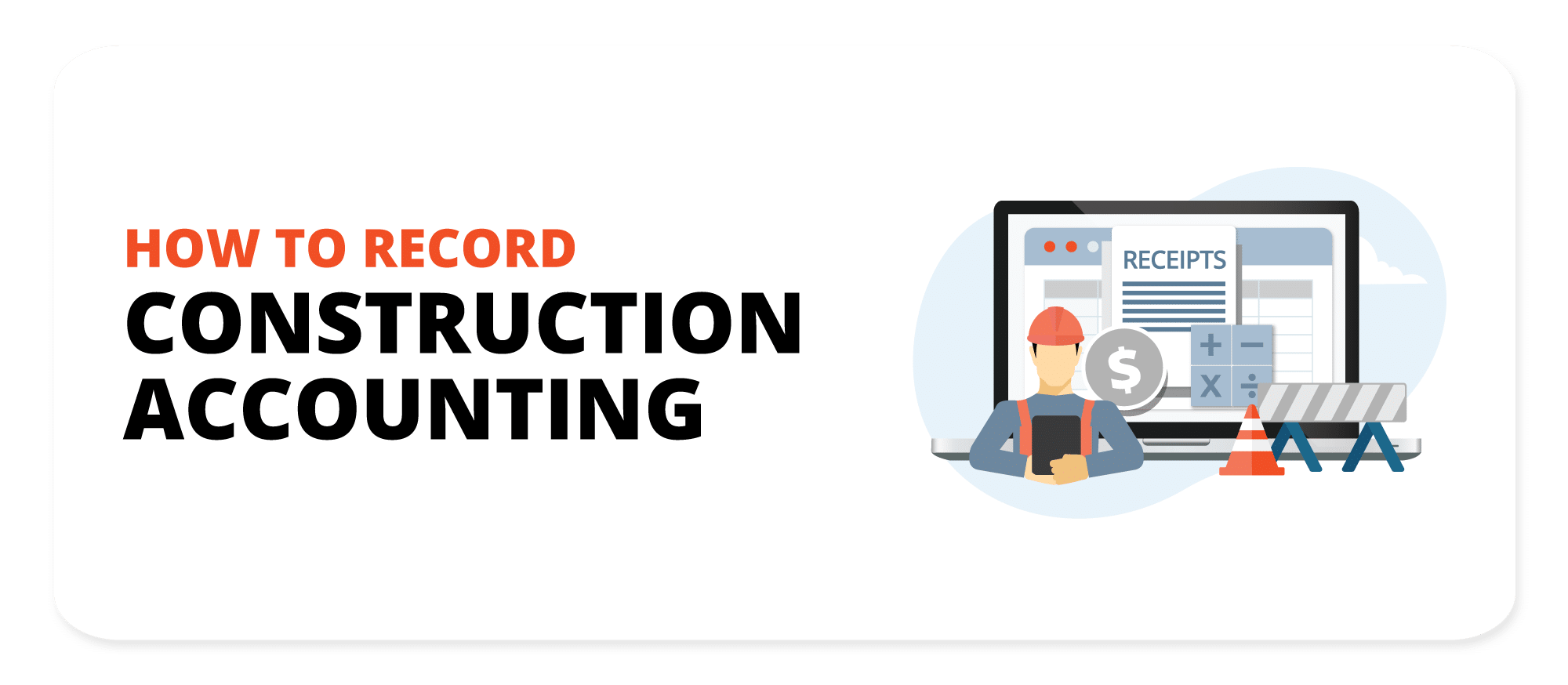A Comprehensive Overview to Construction Accounting: Enhance Your Financial Administration
Reliable economic monitoring is essential in the building industry, where the complexities of project-based earnings and costs can substantially impact total earnings. By employing ideal practices in monetary reporting and evaluation, stakeholders can not only improve functional performance however likewise alleviate prospective dangers.
Understanding Building Bookkeeping
Understanding construction accountancy is vital for the successful management of financial resources in the building and construction sector. This specific branch of accounting addresses the one-of-a-kind obstacles dealt with by building and construction firms, including project-based revenue acknowledgment, price tracking, and conformity with governing needs. Unlike conventional accounting, construction accountancy requires an unique approach to take care of the complexities connected with long-lasting agreements and fluctuating prices.
Key parts of building and construction accountancy consist of exact profits acknowledgment, which usually relies upon the percentage-of-completion method or completed-contract technique, relying on the project's nature. This ensures that monetary statements mirror true efficiency and productivity gradually. Furthermore, job setting you back plays a necessary function, allowing companies to track expenditures related to particular projects, which helps in identifying earnings and source appropriation.
Another essential facet is the monitoring of cash circulation, which is typically affected by repayment schedules and hold-ups in receivables. Reliable capital administration makes sure that building companies can fulfill operational needs and buy future projects. Inevitably, mastering construction bookkeeping equips firms with the devices required to make educated economic decisions, mitigate threats, and boost overall functional efficiency in a competitive market.

Work Costing and Budgeting
Work costing and budgeting are integral parts of building accounting that make it possible for firms to successfully handle job funds and make certain profitability. Job setting you back involves the meticulous monitoring of all prices connected with a certain job, including labor, products, tools, and expenses. This process permits building firms to determine truth expense of finishing a task, facilitating informed decision-making and boosting financial responsibility.
Budgeting, on the other hand, functions as a monetary roadmap for jobs. It involves establishing economic limits and allocating resources to various job components, thus establishing a framework against which actual expenses can be determined. Effective budgeting needs complete analysis and projecting, taking right into consideration historical information, market fads, and potential dangers.
With each other, work costing and budgeting supply the required devices for building and construction companies to monitor economic efficiency, determine variations, and readjust techniques as needed - construction accounting. By executing durable work setting you back methods and adhering to well-structured budget plans, companies can improve their functional efficiency, reduce financial dangers, and inevitably boost their profitability in a competitive industry. Therefore, these practices are important for sustaining long-term success within the building and construction market
Monitoring Expenditures and Revenue
Precisely tracking expenses and revenue is vital for construction firms to keep economic wellness and guarantee job stability. Efficient tracking permits services to keep track of task performance, determine price overruns, and make notified monetary choices. Carrying out a systematic method to recording all economic transactions is vital to accomplishing this objective.
Utilizing building and construction bookkeeping software can considerably enhance the monitoring process. These tools assist in real-time monitoring of costs, consisting of labor, products, and subcontractor costs, while likewise recording profits generated from job turning points and client payments. By classifying costs and profits streams, firms can obtain insights into productivity and capital.

Financial Reporting and Analysis
Financial reporting and analysis play a critical duty in the building market, supplying stakeholders with crucial insights right into a company's monetary efficiency and operational performance. Precise economic reports, consisting of annual report, revenue statements, and cash money flow declarations, are basic for examining the description health and wellness of a building and construction organization. These records help identify trends, review task profitability, and assist in educated decision-making.
In construction accountancy, economic evaluation goes beyond mere coverage; it includes inspecting financial data to reveal underlying patterns and see here now anomalies. Secret performance indicators (KPIs), such as gross profit margins, task conclusion prices, and return on financial investment, function as benchmarks to gauge functional success. Frequently analyzing these metrics allows firms to identify locations needing improvement, optimize resource allotment, and improve job management methods.
Furthermore, effective economic reporting cultivates openness and develops depend on with stakeholders, consisting of customers, providers, and financiers - construction accounting. By preserving strenuous monetary oversight, construction companies can minimize threats, ensure compliance with governing requirements, and eventually drive lasting development. Hence, a durable economic coverage and analysis structure is important for navigating the intricacies of the building landscape and accomplishing lasting success
Finest Practices for Success
To achieve success in construction accounting, companies must embrace a set of ideal practices that streamline operations and enhance financial management. Initially, implementing a robust task administration software program tailored for building and construction can assist in real-time tracking of task prices and spending plans, enabling more precise forecasting and source allowance.
2nd, taking on a constant approach to task setting you back is critical. This entails thoroughly tracking all prices linked with each project, including labor, materials, and overheads. Routinely assessing job expenses against check this site out first estimates helps identify variations early, enabling prompt corrective actions.
Third, keeping extensive documents practices guarantees compliance with policies and simplifies audits. This includes keeping comprehensive documents of contracts, adjustment orders, invoices, and receipts.
Additionally, spending in team training is important. Making sure that employees are skilled in accounting concepts, software program usage, and industry criteria can dramatically improve performance and precision in monetary reporting.
Conclusion
